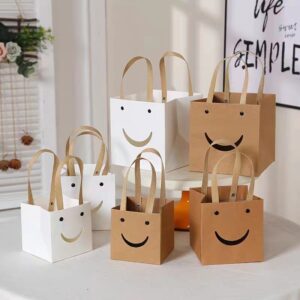
The Complete Guide to Water-Based Barrier Coating Paper(Plastic Free)
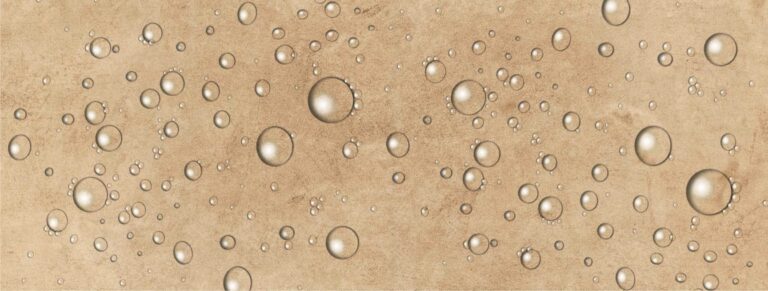
Polyethylene (PE) coated paper products have stormed the market for a long time. As time passed by, more and more people learned about the environmental hazards of using plastic film. they wanted to opt for more eco-friendly options. The water-based barrier coating is the newest solution for paper food packaging.
What is water-based barries coating paper? Here is the definitive guide to bamboo food packaging
What Is Water-Based Barrier Coating (WBBC)Paper?
The purpose of coating paper is to make it resistant to water and grease and improve the overall structural strength of paperboard to extend its useability. Water-based barrier coating (WBBC) is one of the only and most successful plastic-free barrier coating options available in the market today
WBBC is an aqueous dispersion coating used to create a solid hydrophobic barrier over the paper. The coating is made from natural sources and is free from plastic. This makes WBBC biodegradable and compostable.
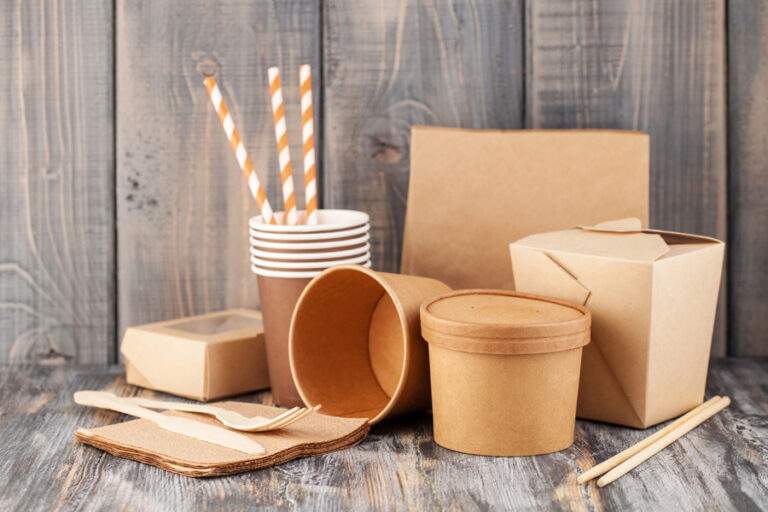
WBBC has four elements: water, fillers, additives, and binders. The solid content of the coating dispersions varies between 25 to 70%.
The individual elements and their function in the composition of WBBC are mentioned below.
● Fillers
Fillers are present in WBBC in the form of a pigment either made from a singular or sometimes multiple sources. The sources include precipitated or ground calcium carbonate, kaolin, or talc.
The fillers present in the pigment form are to make the liquid WBBC runny and help in the easy application of the liquid on the paper. Fillers improve the barrier performance and improve the product economy.
●Additives
Additives are added in small amounts in the composition of WBBC to ensure that all the dispersion components bind together without any problems. Additives improve the functionality and effectiveness of WBBC
●Binders
The binders in WBBC are bio-based or synthetic water dispersed latex. To ensure that WBBC is genuinely sustainable and eco-friendly, the binders used for manufacturing WBBC are not considered plastic.
The binders, or more precisely the latex used to create the binders, are one of the essential components of WBBC as the chemical composition of the latex defines the effectiveness, qualities, and properties of WBBC
●Water
As the name suggests, water is perhaps the key ingredient in WBBC, and it plays a crucial role in determining the performance and effectiveness of the product.
The ratio and chemistry between the different elements, namely the fillers, binders, additives, and water in the mix, play a crucial role in making the product effectively hydrophobic. It also provides the finished products with oxygen, aroma, and moisture barriers.
What Is The Process Of Water-Based Coating Paper?
Water-based barrier coating uses a dispersion technique to coat paper. The liquid WBBC is placed over the paper in a skinny layer using blade coating, surface sizing, or curtain coating units on an online board machine. The exact process can also be performed on an offline machine using similar technology. The number of layers applied on the paper directly corresponds to the use of the final product and the number of characteristics the final product needs to have.
The coating process for WBBC differs from that of other paper coating agents as it is not made from plastic. For plastic-based coating solutions, the mix needs to be heated and melted to create the liquid, applied in layers over the paper. Since WBBC is water-based, there is no requirement to heat and melt the material to begin coating.
The process begins with the aqueous solution being applied over the paper in a thin layer. After the coating is complete, the paper is dried, and the water is evaporated off the surface. After the water is evaporated, the paper becomes hydrophobic and able to hold water without any problems.
The technique used in applying WBBC over the paper can significantly impact the finished product. The thickness of the WBBC coating and the drying of the paper can also impact the hydrophobic performance of the coated paper. For example, if WBBC was applied on the paper using a curtain method, it guarantees equal thickness of WBBC coating throughout the paper. On the contrary, if the application was made using the blade coating process, it guarantees a smooth coating over the paper.
Why PE Coating Paper Is Hard To Recycle Compared With WBBC Paper
Infrastructural Problems
When it comes to recycling coated paper products, infrastructural limitations are one of the biggest problems.
PE-coated paper can’t be recycled with other paper products because the PE coating needs to be separated first from the paper before recycling. Unfortunately, most recycling centers don’t have the infrastructure to separate the coating from the paper
Problems Of PE
Even if you choose to recycle coated paper products with regular paper products, it will inevitably cause a loss of productivity and even cause machine malfunction.
because the PE particles get stuck in the different filters of the recycling plant and require thorough cleaning regularly to keep the machines functioning.
In addition, the cleaning process hampers the plant’s productivity as the cleaning needs to be done manually in most cases.
Market Penetration & Availability of Technology
There are recycling plants that can recycle coated paper products without segregating them. However, the number of such plants is few and far between.
This is because even the technology they use to achieve this feat is unavailable to most other plants.
Or in some cases, the technologies are specialized and expensive, which other plants in different parts of the world might not be able to afford.
Cost Of Recycling
If the technology is available to recycle coated paper products, then other recycling plants should try to incorporate these technologies in their process, right? Yes, but also no.
The cost of recycling coated paper products increases exponentially when you incorporate new machinery and other processes required to recycle them.
When compared with the value and cost of the raw materials of the coated paper products, it does not justify putting so much investment in recycling the products.
So recycling plants mostly don’t have enough incentive to recycle coated paper products and instead send them to landfills.
To combat all of these problems related to recycling coated paper products, WBBC was introduced. WBBC products do not need to be recycled in special facilities. Instead, they can be recycled alongside other paper products in recycling plants worldwide. They are also more sustainable, plastic-free, and eco-friendly than other coating materials. All of these benefits make WBBC one of, if not the best and most eco-friendly paper coating solutions.
What Is The Application Of Water-Based Barrier Coating Paper?
There are various uses of water-based barrier coating paper products, but it is mainly used in the food industry for making disposable food packaging.
WBBC is chemically inert and does not influence or impact the taste or smell of the contents in its packaging. These factors make WBBC coating perfect for use in the food industry.
Most of the individual elements used for making WBBC is cleared by the FDA and other governmental authorities for direct food contact. Some of the most common applications of WBBC are mentioned below.
- Disposable paper cups
- Ice cream boxes
- Microwavable food packaging
- Disposable folding box
- Disposable food containers
- Disposable food serving trays
- Food wrappers
- Disposable paper tableware
- Paper pads
- Disposable dairy packaging
- Disposable meat packaging
- Cheese packaging
- Any other food packaging requirement that requires high oil and grease resistance properties
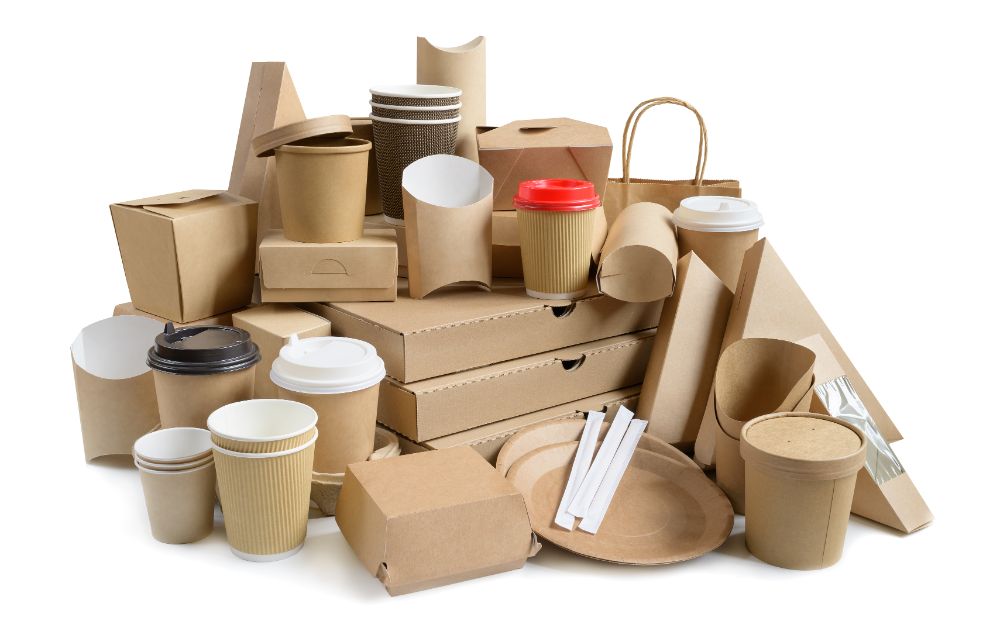
What Is Advantages Of WBBC Paper
Regarding advantages, WBBC paper products have a strong suit as they can cover the gaps most other paper coating agents have in their features portfolio. Here are some of the top advantages of WBBC.
- Plastic-Free
Today, everyone knows that plastic is terrible for the environment, and everybody wants to make a change and replace plastic with other products, but it is challenging to do.
Even though we are not yet in a position to replace and remove plastic from the environment altogether, the use of WBBC can guarantee that customers can stop plastic use in the food packaging industry at least.
WBBC ensures that the eco-friendly packaging you get with your favorite takeout food is genuinely sustainable and eco-friendly.
- Reduce the usage of pe coating paper
PE-coated paper products to this day are mostly treated as single-use products because they are not recycled in the majority of cases due to the factors discussed in this article.
This leads to the valuable plant fibers being wasted only after single use even though they could be recycled without being coated with PE.
Therefore, WBBC reduces single-use packaging as it is genuinely recyclable, and the paper can be reused again to make different products making WBBC sustainable.
Recyclable
WBBC is recyclable. That’s not news after you read this article. However, you should know the far-reaching effects of WBBC’s recyclability. Let’s think about what are the most used coated paper products?
One of the answers is paper cups. WBBC coated cups can be recycled. This allows cafes and other institutions to save a ton of money on waste costs as these cups are recyclable. Cost-saving incentivizes businesses to promote recycling and, in turn, helps the WBBC products be purposeful
What Is Disadvantages Of WBBC Paper
No product in the world has all benefits and no disadvantages. Here are some of the disadvantages that come with WBBC
Too Early for Proven Results
WBBC is the hype currently in the packaging industry, and rightfully so, the benefits of WBBC can genuinely help move the packaging industry towards a more sustainable direction.
However, the product is still relatively new. Customers are hesitant to try a new product. On the other hand, the cost of WBBC paper is relatively higher than PE&PLA coating paper.
Educating Recycling Plants
Yes, recycling plants need to be made aware of the new WBBC coated products and that they are recyclable.
Over the years, the recycling plants have indiscriminately discarded most coated paper products because they are not feasible for recycling. So, informing them about these new products is crucial to ensure they are recycled
Conclusion
Awareness among recyclers, consumers, and businesses can genuinely help WBBC reach its true potential and bring meaningful change.
It has some of the best benefits in terms of paper coating agents, and it is expected that awareness alone among people can help make it the following standard of paper coating agents.
So, be sure to spread awareness about WBBC to the people you know, and take a moment to ask companies what containers they are using to serve you your favorite food.
With your interest and diligence, companies will be incentivized to make a meaningful change towards eco-friendly and sustainable products, so make sure you use your voice when it matters for a better world tomorrow
About Us
YANXIYAN is a 10 years foodservice packaging expert. If you are looking for a professional packaging solution and advice, Just message us.
Recent Posts
Related content

Full Guide to the Types of Paper Bags(2023)
Full Guide to the Types of Paper Bags(2023) With its biodegradable and eco-friendly characteristics, paper bags contribute to the sustainability of the environment. Today we

17 Best Types of Eco-Friendly food packaging in 2023
17 Best Types of Eco-Friendly food packaging in 2023 Today, I will dive into the fascinating world of eco-friendly food packaging. As sustainability and environmental

The Ultimate Guide To types of ice cream packaging (2023)
The Ultimate Guide To types of ice cream packaging (2023) Ready to dive into the sweet world of ice cream packaging? Today, In this guide,
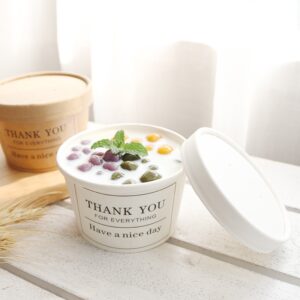
Can You Recycle Ice Cream Cartons?
Can You Recycle Ice Cream Cartons? In this article, I will share valuable information about ice cream carton recycling, including common types of materials used
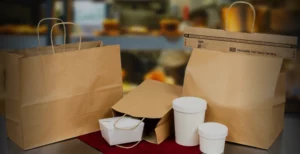
The Ultimate Guide To Food Delivery Packaging in 2023
The Ultimate Guide To Food Delivery Packaging in 2023 Today I will show you everything you need to know about food delivery packaging. In this
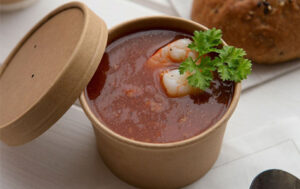
Best Disposable Bowl for Hot Soup:All You Need To Know (2023 Update)
Best Disposable Bowl for Hot Soup:All You Need To Know (2023 Update) What is the best disposable bowl for hot soup? In this article, you

11 Responses
Thanks for your blog, nice to read. Do not stop.
Thanks,Mark
Good information. Educating the stakeholders is most important.
Thank you.
Great article! But does WBBC provides termo sealing for the cup manufacturing industries?
I don’t think so
Choosing the right type of wholesale ice cream cups for your ice cream shop goes beyond aesthetics. It is about finding the perfect balance between functionality and branding. The cup should be sturdy enough to hold the frozen delight without leakage or melting too quickly. At the same time, it should align with the image and values of your shop, enhancing the overall perception of your brand.
This information is interestingly contradictory to what we tech packaging professionals find in the real world. The 5 major paper recyclers that tested paper cups using this technology WBDC reported consistently that they could not recommend it as easy to recycle. The reason is that the WBDC contains petrochemistry that once repulped can be seen as speckles of plastic that cannot be printed. Hence recycled paper can only be used for low-grade quality uses. Essentially downcycling paper fibres that can be otherwise be used for quality application. This industry is full of contradictory information. Not good for the future of the industry and can see why Governments and the EU have started to heavily regulate the packaging industry.
great tips
many people is still saying WBBC is not a plastic free product. Supposed it cannot meet the EU and Australian’s definition on ‘plastic’. Thoughts?
for strictly speacking, for paper plates wtih WBBC coating, should it be NOT considered as plastic free? some of the customers are very strict in this definition. As a manufacturer of paperwares, we are still looking for alternatives.
For passing the flustix test which company coating should i use for wbbc?